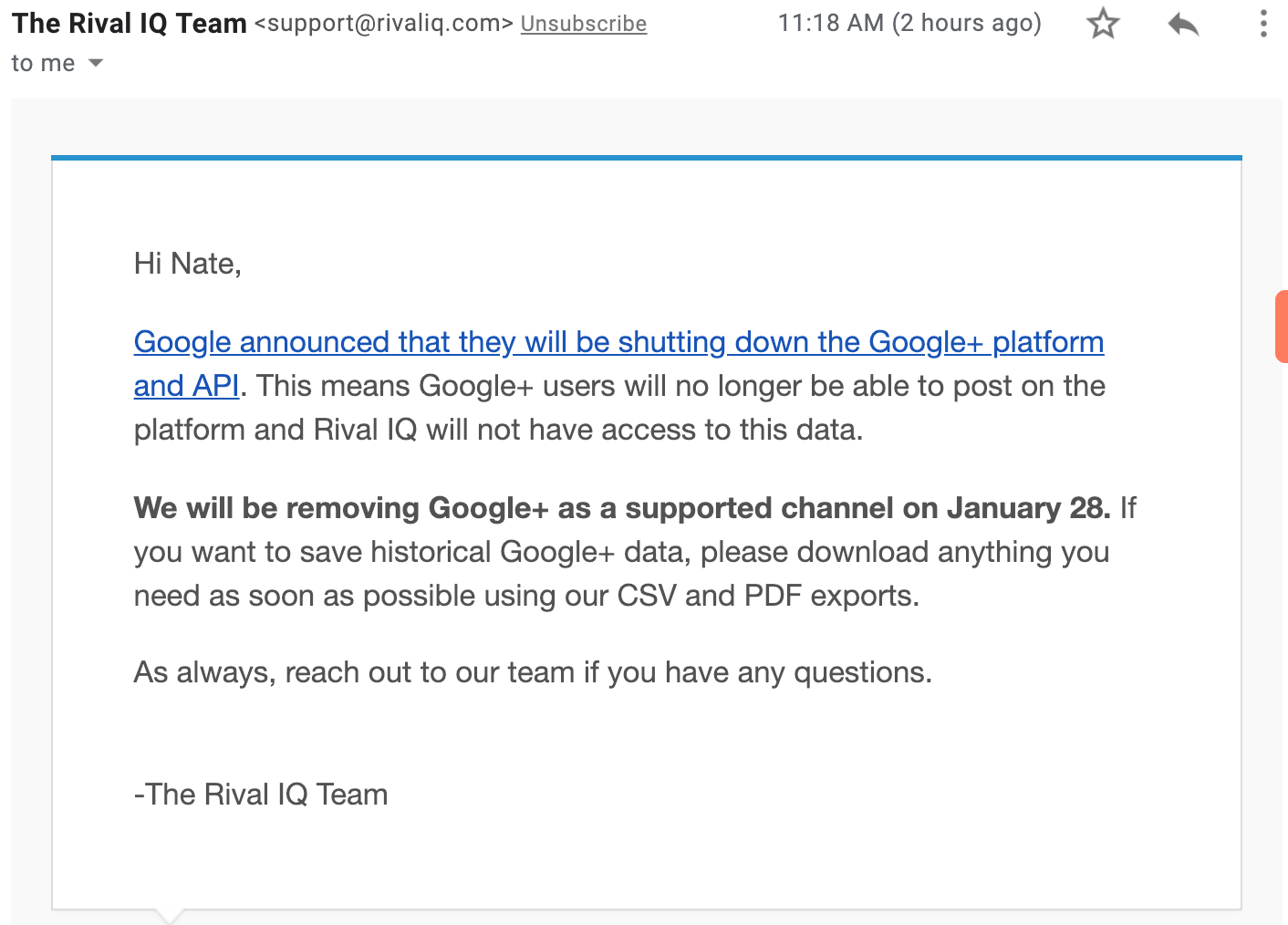So many companies focus on brand from the external perspective. That's not a bad thing. It's critical for your business to be able to communicate a clear vision, brand values and stories to the customers who buy your products and services.
But what about the customers who live and breath inside your own four walls for 40-plus hours a week? I'll argue that those hardworking folks are even more important as an audience. They should come first.
Let's look at an example of one Ohio-based company that seems to understand this. Cool?
Scotts Lawn Service's Internal Brand Statement
A few weeks back, my friend, Beth Dockins, invited me to visit her at the Scotts Miracle-Gro Company. We planned to meet for a few minutes at their new building and then head to lunch for some catch-up chatter and idea sharing on how social media is working for larger companies - inside and out.
When I walked in, I was delighted to see this: (Pardon the poor quality of the pictures. They were taken with my iPhone. I hope you'll understand why the lighting wasn't ideal in a moment...)
Why Focus on Internal Brand First?
There are actually a few reasons:
#1 - Your employees are a captive audience - Your company is essentially buying the time and attention of your employees. That said, your company then has a certain level of communication leverage. Educating the captive audience is much less challenging than competing for your customers' limited attention, as they are constantly bombarded with other brand messages.
#2 - You can build a brand army - Scotts has hundreds of associates housed in the LEED Certified Kelly Swartz Center, each possessing some level of a personal social network. Think social network in the sense of family, friends, religious communities, neighbors - not necessarily in terms of Facebook networks or Twitter followers. By focusing on educating these employees, so they possess a certain level of respect and understanding for the values your company holds, large organizations can leverage the manpower of potential armies of brand evangelists and word-of-mouth marketing. You and I both know that the MOST powerful form of buying conversion comes when a trusted friend recommends a product or service.
#3 - Being part of something bigger - Focusing on rolling out internal brand messages that align and focus efforts, creates a sense of pride among employees of all levels in the organization. We humans all want to be a part of something bigger than ourselves. We want to be in the in crowd, on the bandwagon and to have strength in numbers. From the social media perspective, we now call this being "one of us". I'll argue that it's the job of internal brand communications to define what the "us" part of that statement signifies in a very real and tangible way.
#4 - Knowledge is power - Informed employees who buy into the brand values and mission of an organization, and feel a sense of belonging to something bigger than themselves, often have tendency to self-police their own systems. If you buy in to a brand or organization you love, don't you want to protect its integrity? Internal brand communication plays a big role in establishing the guidelines that define what that integrity is for an organization.
How Could Social Media Fit?
For Scotts, I can see a few immediate opportunities:
#1 - Listening to the rank-and-file - Scotts has stated that its employees are important, yet I wonder how they collect the data they need to determine what's important to them? While I don't know for sure, I'm willing to bet that it's via older methods like email surveys, focus groups and one-on-one interviews. There's nothing wrong with these methods, yet social media technology now provides a variety of tools that make insight gathering much faster and significantly more accurate.
#2 - Better top-down communication from the C-suite - Scotts could leverage C-level blogs to open up dialog between various levels in the organization, much like what CEO Jonathan Schwartz does at Sun Microsystems, but with more of a focus on employees rather than investors.
#3 - Creating employee communities and team building - Scotts could benefit from using things like their company's Facebook Page (or even tools like SocialCast or some of the killer applications from Jive) to connect employees and foster deeper relationships among coworkers. At the end of the day, we become friends with some of the people we work with. Scotts could use social media to help foster and augment that process.
#4 - Identifying human marketers - By giving employees an environment where they can interact, while fostering safe adoption of the technology, adoption leaders will emerge from various levels within the organization. These will be the folks who take to using social media naturally. If Scotts can identify. empower, train and reward them for their efforts, genuine social media marketers could potentially be born.
Can you see the importance of branding from the inside out? How can you apply Scotts' thinking to your own organization?






